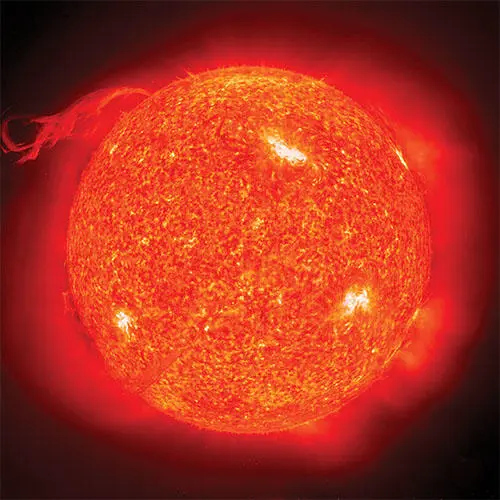Visitors to the Beacon Museum, Whitehaven will soon be able to explore our Universe, immerse themselves in the formation of stars and run for cover to avoid violent eruptions from the Sun thanks to a collaboration with the University of Central Lancashire.
Placing cutting-edge scientific research in the heart of the museum, ‘Exploring Light and Dark’ is a stunning new exhibition running from Saturday, 11 June which aims to strengthen the link between university researchers and the West Coast of the Lake District.
A sample sequence of the audio visual instillations can be seen and downloaded via Youtube.
The initiative is the first collaboration between the University of Central Lancashire and The Beacon Museum, Whitehaven, centring on scientific research in a museum environment and placing Science, Technology, Engineering and Maths (STEM) subjects alongside history, culture and heritage.
Elizabeth Kwasnik, Beacon Museum Director said: “We’re delighted to welcome the University to the Beacon for this visually stunning exhibition. This is the first exhibition to be staged in our newly opened 4th floor Gallery and it is aimed at highlighting the importance of STEM in our region.”
"We’re delighted to welcome the University to the Beacon for this visually stunning exhibition."
Exploring Light and Dark is partially funded by the Science and Technology Facilities Council and is presented as part of a varied programme of community engagement, including dance, storytelling and craft sessions together with a series of science social evenings. This all creates an exciting opportunity for members of the public to participate in scientific discussion directly with researchers.
The University’s Executive Director of Research Professor Robert Walsh added: “The University of Central Lancashire is extremely proud to work with the Beacon Museum in bringing world-class research in astrophysics, ecology and engineering to the regional community in an engaging and interactive way. I’m particularly excited to be delivering one of the exhibits which, through a captivating projection display will enable the general public to see the Sun, our closest star in a completely new light.”


